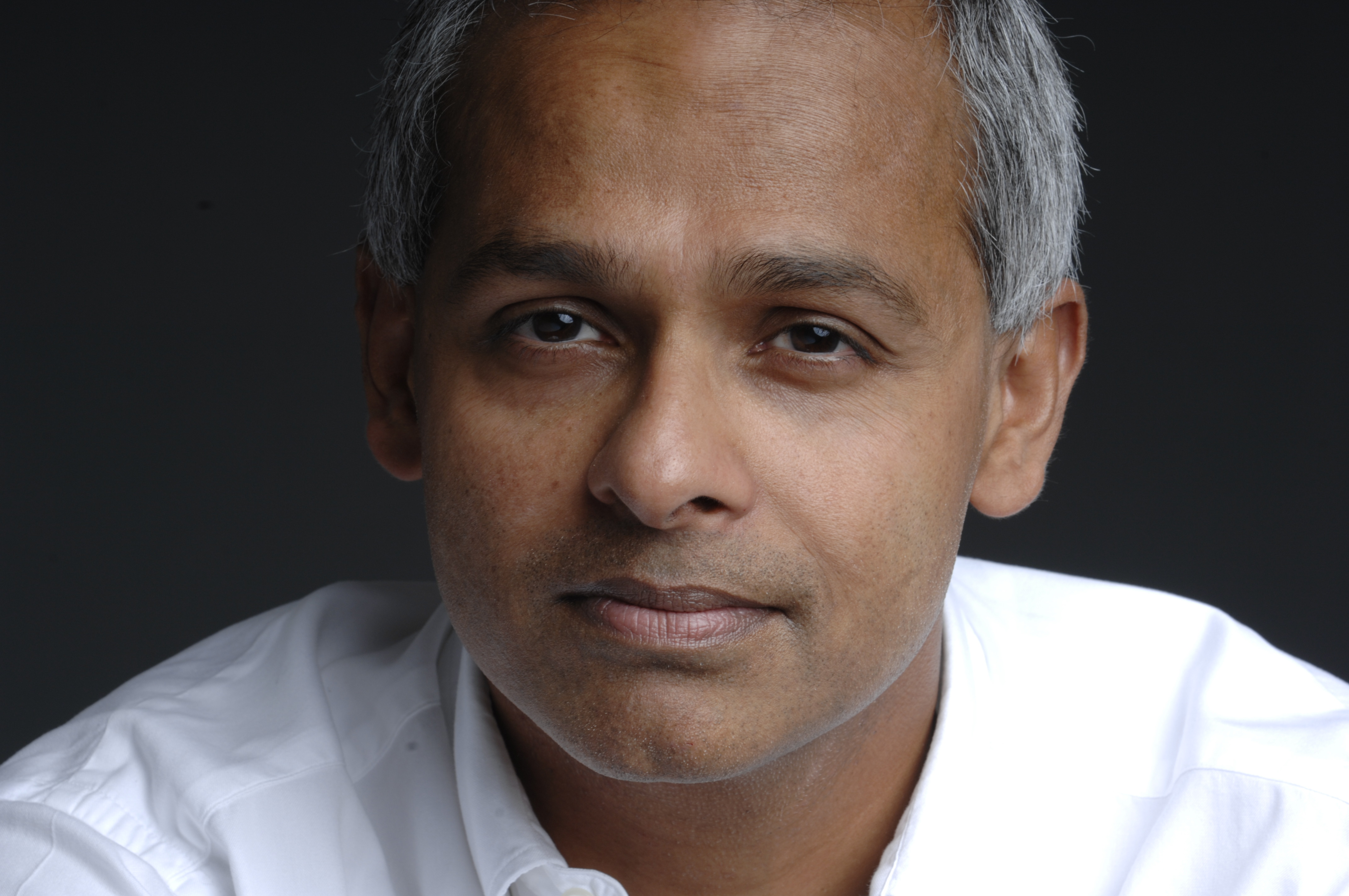
Many economists do not write in a language which is easily understandable. While John Maynard Keynes was a terrific writer (he is possibly the only economist who actually came up with one-liners), his magnum opus The General Theory of Money, Interest and Employment, which was published in 1936, isn’t such an easy read.
Believe you me! I have tried reading it several times over the years.
Just because the book isn’t an uneasy read, doesn’t mean that the points it is trying to make are not important. As Paul Samuelson, the first American economist to win a Nobel Prize, wrote about Keynes’ book, in a research paper titled Lord Keynes and the General Theory. As he wrote: “It is a badly written book, poorly organized; any layman who, beguiled by the author’s previous reputation, bought the book was cheated of his five shillings…It is arrogant, bad tempered, polemical and not overly generous in its acknowledgements. It abounds in mares’ nests and confusions…In short, it is a work of genius.”
Another economist whose work is not easy to read is the American economist Hyman Minsky, who died in 1996. The world discovered Minsky and his work in the aftermath of the financial crisis that started in September 2008 and so did I.
I tried reading Minsky’s magnum opus Stabilizing an Unstable Economy but could only read it half way through. I have been lucky to have since discovered other authors and economists who have tried to explain Minsky’s work in a language that I have been able to understand.
Over the last few days I have been reading L Randall Wray’s Why Minsky Matters—An Introduction to the Work of a Maverick Economist. Other than discussing Minsky’s views on banking and the financial system in great detail, Wray also discusses what Minsky thought of unemployment. Minsky’s interest in unemployment primarily came from the fact that he was brought up during The Great Depression, when the United States saw never before seen levels of unemployment and a huge contraction of the economy.
And what did Minsky think of the unemployment problem? As Wray writes: “His argument [i.e. Minsky’s] was that simply increasing the “employability” of the poor by providing training without increasing the supply of jobs would just redistribute unemployment and poverty. For every better trained worker who got a job, a worker with less training would become unemployed. Minsky was not arguing against better education and training—he was arguing that to reduce unemployment and poverty we need more jobs, too.”
Minsky also argued against the idea that “if the economy grows at a sufficiently robust pace, the jobs will automatically appear.” As Wray writes: “The notion that economic growth together with supply-side policies to upgrade workers and provide proper work incentives would be enough to eliminate poverty was recognized by Minsky at the time to be fallacious. Indeed, evidence suggests that economic growth mildly favours the “haves” over the “have-nots”—increasing inequality—and that jobs do not simply trickle down.”
How do things stack up in the Indian context? First and foremost, let’s look at the youth literacy number and how it has changed over the years. As per the Human Development Report, in 1990, the youth literacy rate (i.e. individuals in the age 15 and 24) was at 64.3% in 1990. This improved to 76.4% in 2003. In 2013, the youth literacy rate for men was at 88.4% and for women at 74.4%.
What these data points tell us clearly is that the education level of India’s youth has improved over the years. But has this led to more jobs? Answering this question is a little tricky given how bad Indian data on jobs is.
Nevertheless, as the Economic Survey released in February 2015 points out: “Regardless of which data source is used, it seems clear that employment growth is lagging behind growth in the labour force. For example, according to the Census, between 2001 and 2011, labour force growth was 2.23 percent (male and female combined). This is lower than most estimates of employment growth in this decade of closer to 1.4 percent.”
Hence, even though the youth education has improved over the years, this hasn’t led to an adequate number of jobs. This is clearly visible in all the engineers and MBAs that we produce without having the right jobs for them.
As Akhilesh Tilotia writes in The Making of India: “An analysis of the demand-supply scenario in the higher education industry shows significant capacity addition over the last few years: 2.4 million higher education seats in 2012 from 1.1 million in 2008.” In 2016, India will produce 1.5 million engineers. This is more than the United States (0.1 million) and China (1.1 million) put together.
The number of MBAs between 2012 and 2008 has also jumped to 4 lakh from the earlier 1 lakh. As Tilotia writes: “India faces a unique situation where some institutes (IITs,IIMs, etc.) are intensely contested while a large number of the recently-opened institutes struggle to fill seats…With most of the 3 million people wanting to pursue higher education now having an opportunity to do so, the big question that should…be asked…are all these trained personnel required? Our analysis seems to suggest that India may be over-educating its people relative to the current and at least the medium-term forecast requirement of the economy.”
This explains why many engineers and MBAs cannot find the right kind of jobs and have to settle for other jobs.
A major reason for the lack of enough jobs is the fact that Indian firms start small and continue to remain small. As Economist Pranab Bardhan writes in Globalisation, Democracy and Corruption: “Take the highly labour-intensive garments industry, for example. A combined dataset [of both the formal and informal sectors] shows that about 92 per cent of garment firms in India have fewer than eight employees.”
It’s only when small firms start to become bigger, will jobs be created. As the Economic Survey points out: “A major impediment to the pace of quality employment generation in India is the small share of manufacturing in total employment…This is significant given that the National Manufacturing Policy 2011 has set a target of creating 100 million jobs by 2022. Promoting growth of micro, small, and medium enterprises (MSME) is critical from the perspective of job creation which has been recognized as a prime mover of the development agenda in India.”
And this, as I keep saying, is easier said than done.
The column originally appeared on the Vivek Kaul Diary on January 20, 2016



